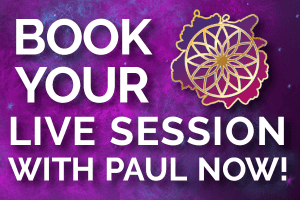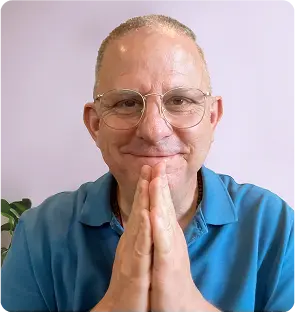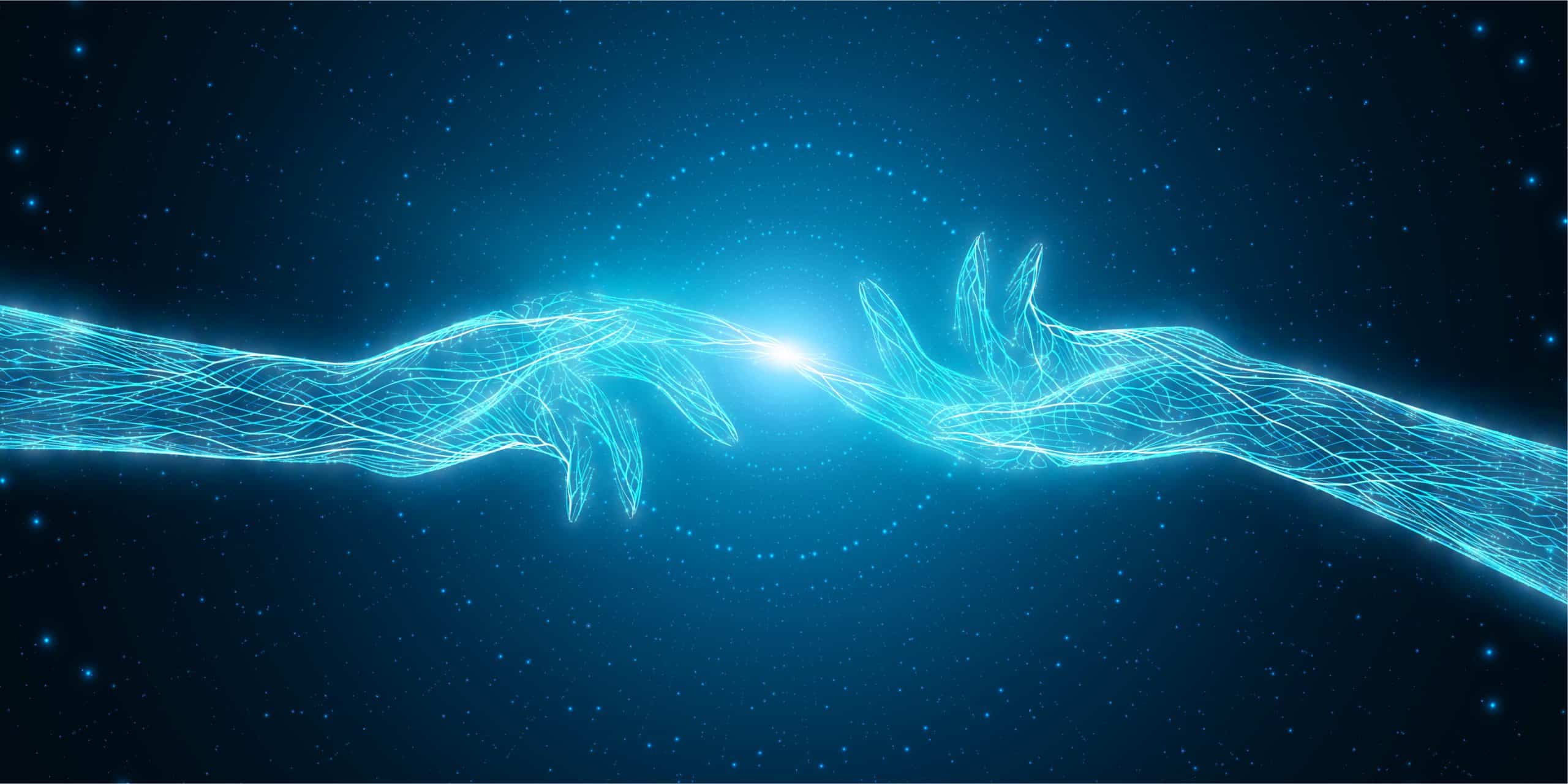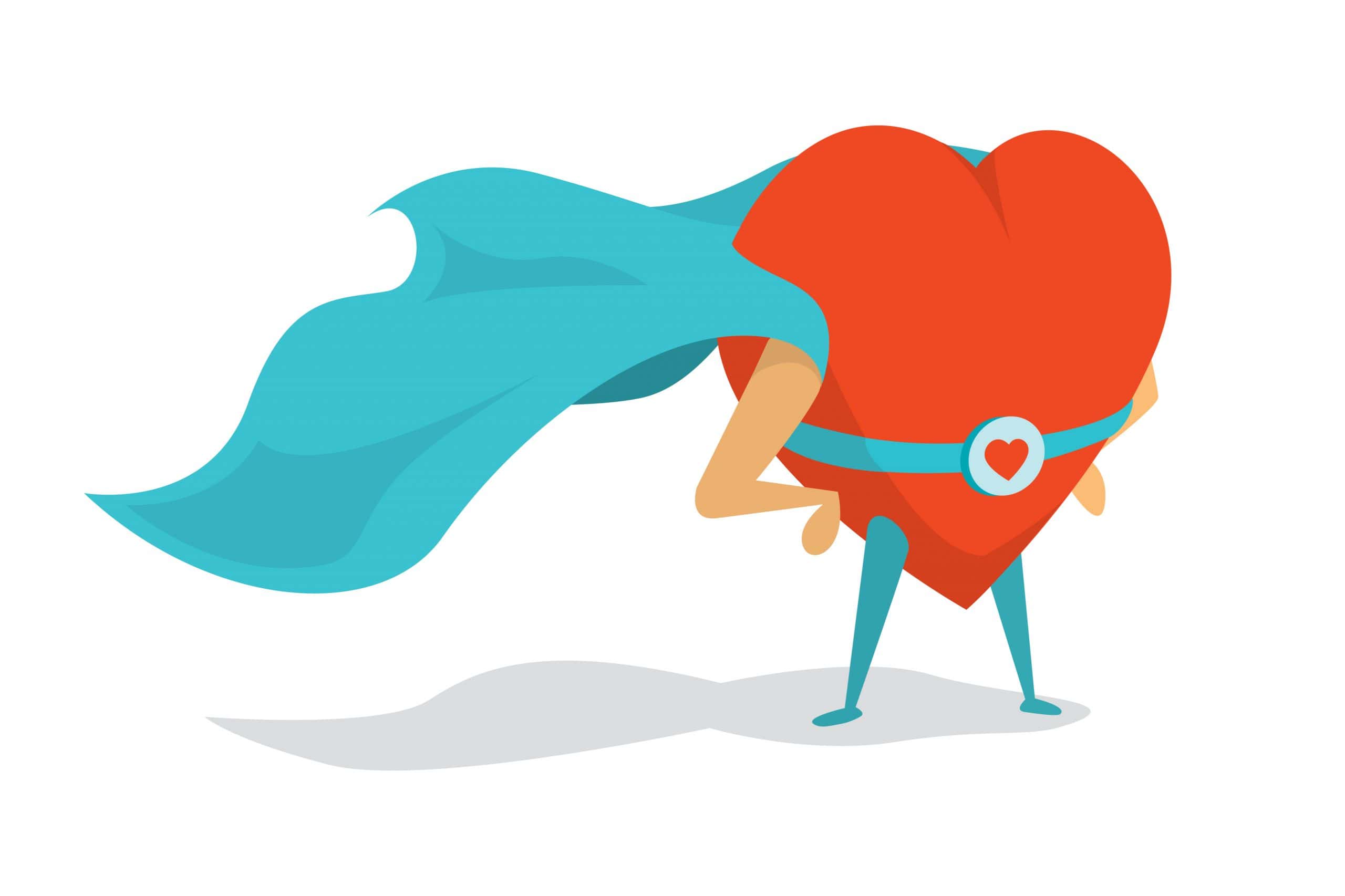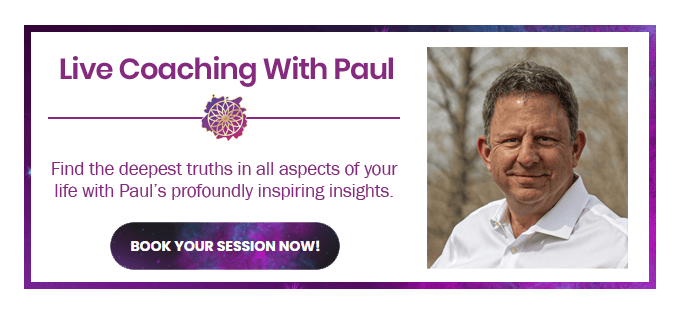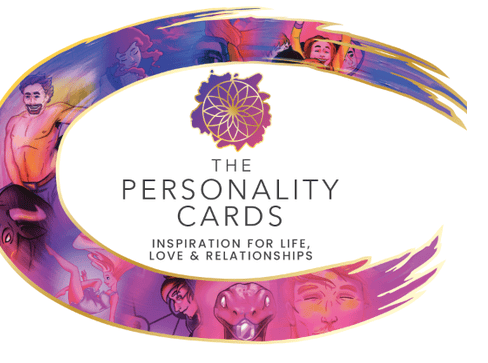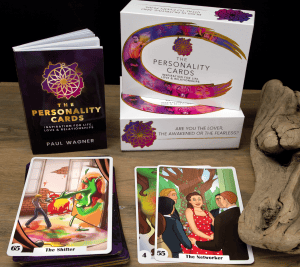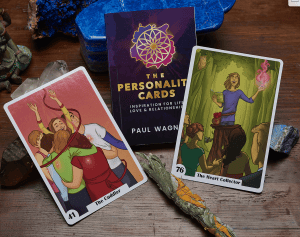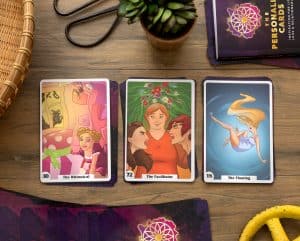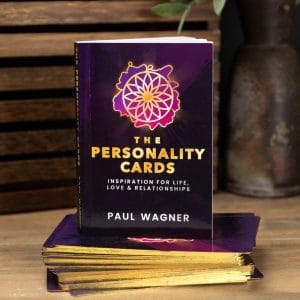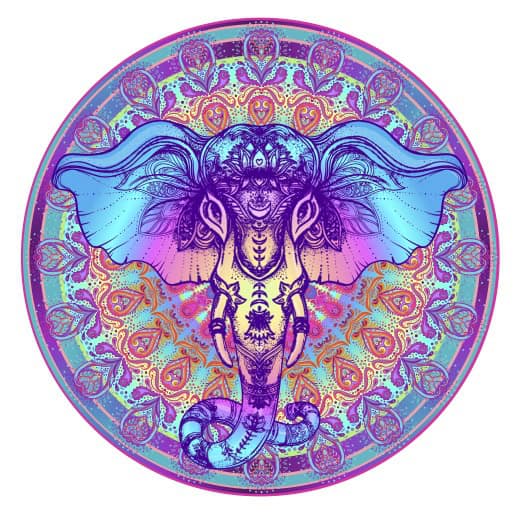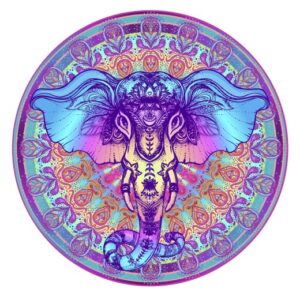
Jesus was an enlightened master, still accessible, still embedded in the light. A Shutterstock Licensed Image.
Jesus was one of the first enlightened masters with a broad mission and mass appeal. A true and eternal master, Jesus was likely olive or dark-skinned.
While originally based in the teachings of Jesus, and focused on love and compassion, Christianity has since become somewhat broken, splintered and confusing. Even the white portrayal of the likely olive or darker-skinned Jesus is a fabrication.
Behind the leadership of each of Christianity’s sub-sects, are lineages of successions that were not always inspired by love. Many of the church’s leaders have been ambitious men who promoted codes and ideologies that defied Jesus’s teachings. This is still happening today.
From protected, pedophile priests who’ve committed multiple crimes with no repercussions to hateful born-again Christians who use Bibles as weapons to judge millions, too many of the church’s factions no longer live by the Master’s teachings. It’s become a sea of conflict and misdirection.
While the core of Christianity is still accessible,
it’s rarely upheld or defended.
Most of its followers seem to almost condone
their religion’s sins, saying things like, “Have faith.”
Consider how “born-again” Christians continue to villainize and denigrate people who are LGBQT, immigrants, agnostics, atheists, or members of other religions. They also taunt those who choose to meditate, do yoga, or exercise their rights to have an abortion.
These sad and misled people have continued to demonstrate hatred against those who don’t follow their cult-like ideologies, by telling them, “you are not saved.” How sad it is that this type of ignorance is still in play!
Many churches that call themselves “Christian” are so steeped in their own hypocrisy, they have rendered themselves ill-equipped to love, meet the spiritual needs, or foster the growth of disciples.
Many of their adherents are being taught to hate rather than love. They’ve become so hyper-focused on their incomplete and over-edited Bible, they can’t help but judge and forsake those who are depressed, poor, lonely, disenfranchised and desperate. Aren’t those the people who Jesus taught us to love and heal?
When these ignorant people most often quote their “scriptures,” they do so specifically to hurt others, not to nurture them. It’s as if they imagine themselves to be in relationships with a dark, egoistic and fictional Christ, rather than the loving, healing and transformative nature of the Eternal Christ.
Within the first day of posting this article, I was verbally ambushed by some of the most backward, hateful people I’ve experienced, none of whom have any idea what their short-sighted outbursts do to others. I can only imagine how many sad and lonely people they’ve damaged this way. If Jesus were to return as his original person, they wouldn’t recognize him. They’d put him in a detention center and toss the key.
How Do I Access The True Nature Of Christ?
Christianity’s agreed-upon religious tome is The Bible, a 1700 year old text filled with inconsistencies. The old testament has been translated into over 600 languages, and the new testament has been translated from the original Hebrew, Aramaic and Greek, into over 1534 additional languages.
The oldest version of the Bible has over 14,800 discrepancies when compared to the latest King James version. There are now over 2000 uniquely translated and edited versions of the bible. The current version has been rewritten over 300,000 times (yes, three hundred thousand). Over 99.9% of the translators were men.
Given its limitations, the Bible should never be used to limit our beliefs,
define or confine God and the universe, or judge others.
Throughout time, Christian popes, leaders and warriors have maneuvered, raped and pillaged, all in the name of God, and in direct opposition to the teachings of Jesus. Jesus, like any enlightened Being, would disavow his position in such an organization, and he would question the tenets outlined in their limited, manipulated “holy” text.
If He were here with us now, Jesus would lead us to eternal truths, the ones not properly recorded by early followers, subsequent editors, and the church’s many selfish leaders throughout history.
No matter the religion or creed, it’s silly to put God in a box. The universe and God are unlimited. The Divine has never relegated itself to merging with one master, path or creed. She has been birthing enlightened teachers and teachings for eons. All we have to do is open our hearts and seek Her.
God, the Eternal Consciousness, the everlasting Being of light, in the form of Christ and all of the Eternal Masters, is one glance or thought away. Just open your heart.
Who Was Jesus?
The true nature and lineage of Jesus have little to do with his carpenter father or virgin mother. The depth of Jesus’s spirit and the breadth of his mission is born from many lifetimes in service to humanity and creation.
As a boy, and throughout his teenage years, Jesus benefited from the deep and beautiful teachings of the famous, regional rabbis of his day, including Johanan ben Zakkai, Hanina ben Doda, and Abba Yose Holikufr.
.
Although he was born infused with divine light, Jesus most likely became a student of Buddhist and Hindu tenets. Either way, He had a clear, Vedic astrology chart of an Eternal Master. He was not a figurehead of a religion or movement. He was the embodiment of light and love.
This is why gurus and “wise men” flocked to witness his birth. There were many more than three men who came to visit Jesus in his early years.
One cannot follow Jesus without understanding the nature of the Divine Mother, whether your understanding is conscious or not. It’s in this way that embracing Jesus’s mother Mary can be helpful for unfoldment into Self-realization through Christ.
Click to read “Do Jesus, Dionysius, Krishna, And Mithras Share The Same Life Story?“
Without The Divine Mother, there is no depth of femininity, receptivity, compassion or empathy. In Her embrace, we are immersed in eternal love and embraced by all of creation. It’s through Her arms that we can also experience the living Jesus.
Here is a partial list of living and recently deceased Sons and Daughters of God, who many believe to be akin to Jesus and embodiments of divine love. Other terms for them are “Spiritual Masters” and “Gurus.”
1. Amma
2. Karunamayi Ma
3. Mother Meera
4. Thich Nhat Hanh
5. Paramahansa Yogananda
6. Anandamayi Ma
7. Eckhart Tolle
8. Yogi Bhajan
9. Chogyam Trungpa
The Mystical Teachings of Jesus
Somehow lost in the catacombs of The Vatican and other Christian cultures, these teachings are the foundation for spiritual growth.
- Love others as yourself.
- Seek forgiveness of yourself and others.
- Embrace a life of service to others.
- Be lovingly detached from relationships and physical realities.
- Transcend beyond your emotional, psychological, and physical limitations.
- God is both masculine and feminine, but mostly feminine.
- Your imagined self-identity is temporary. If you choose, you can be born again, and into the nature of God.
- The physical and spiritual realities that comprise all Beings and all matter, in all the worlds, and in all the realms, are One Living-Being. This Being Is The Embodiment Of Light And Love.
- We cannot help others by affirming their illusions, temporary Self-identities or attachments to their temporal physical realities.
- We can help ourselves and others by releasing illusions and accepting the fact that we can never be truly trapped by them. We are also eternal.
- We only harm ourselves in our own self-perceptions, and our self-limiting thoughts and paradigms.
- Our compassion for others should not affirm their illusions, it should free the individuals from their addictions to illusions.
- Our mistakes are canceled checks and carry no lasting consequences.
- The Divine (God, Jesus, and Other Divine Beings) are not responsible for our mistakes or pain. They allow them, in agreement with our true natures, and in pursuit of our expansion into Self-realization.
- Closed minds and closed ecosystems are born from egos.
- Remain non-attached to whichever states of consciousness you encounter or achieve.
- The substratum of your mind is ego. Sink deeply within yourself and explore that which is beneath and beyond all substratum.
- Duality is the belief that there is an “other.” There is no other. It’s all connected.
- You are, and you always have been LOVE.
- Seek and affirm love in all people, places, and things.
- Your love and gratitude will unveil the truth and set you free.


